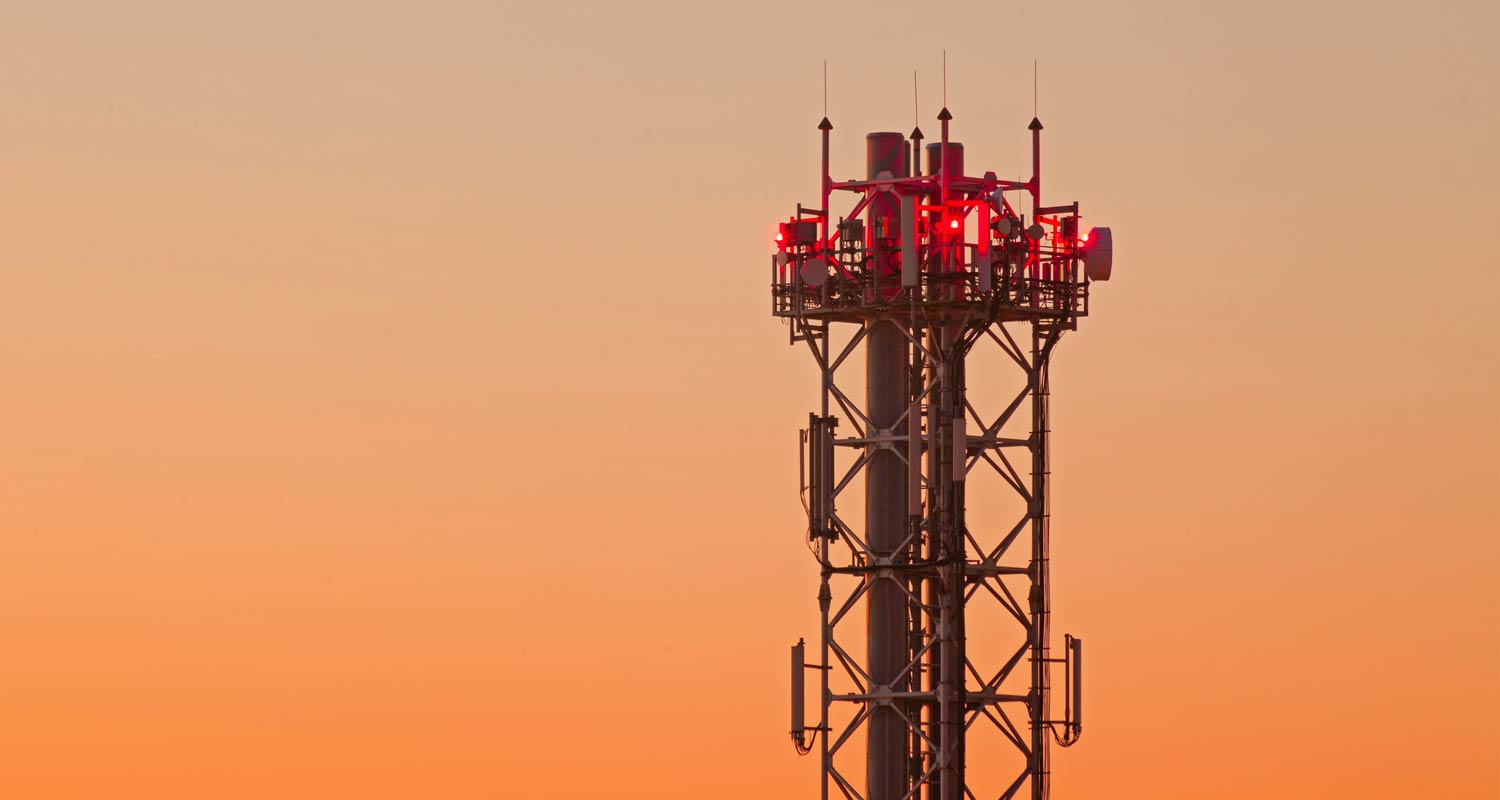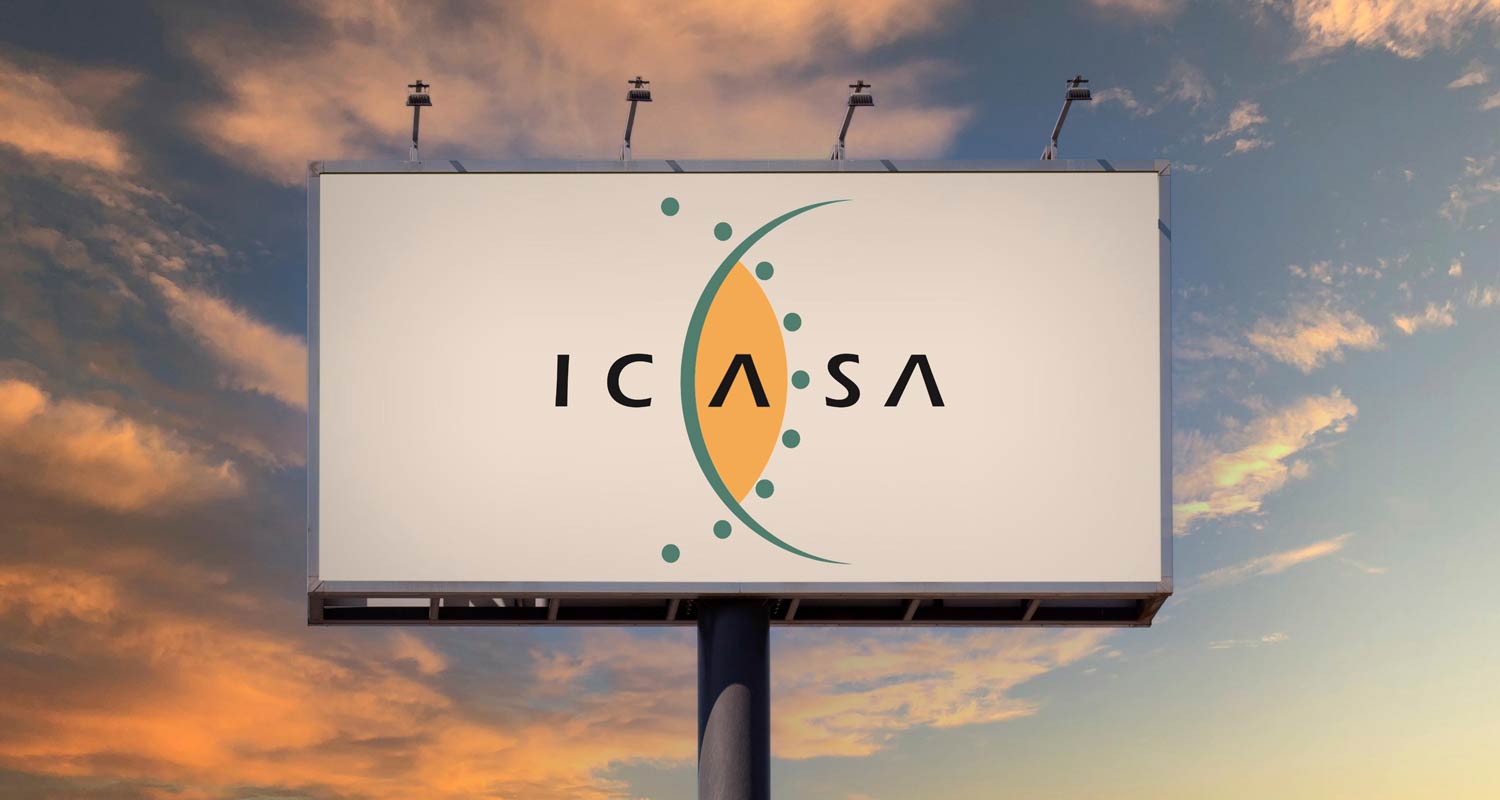Communications regulator Icasa has signalled it intends to make available radio spectrum in what it has described as two “innovation bands”.
It wants the bands in question, between 3.8GHz and 4.2GHz and between 5.925GHz and 6.425GHz, to be made available for “dynamic spectrum access”, meaning they will be shared with other licensed telecommunications operators, provided they don’t cause interference.
The draft regulations on dynamic spectrum access and opportunistic spectrum management were published in the Government Gazette late last week – read them here (PDF) – for public consultation.
“Dynamic and opportunistic spectrum assignment allows unused spectrum (white spaces) to be assigned and shared on a secondary basis without interfering with primary licence holders,” Icasa said in a statement. “This approach ensures that radio frequency spectrum is readily available and improves spectrum efficiency by enabling the efficient use of the spectrum in many remote and underserved areas and across multiple locations.”
It said the draft regulations mark the second phase of the implementation of the dynamic spectrum access and opportunistic spectrum management framework. The first phase resulted in the development of the framework for the use of television white spaces – the spectrum between TV channels – which came into effect in April 2021.
“The second phase is aimed at introducing dynamic and opportunistic spectrum access in the C and S frequency bands,” Icasa explained. “This framework will promote the emergence of new digital radio technologies, services and applications.”
Sample simulations
A year ago, the regulator published a findings document and position paper on the inquiry into the implementation of dynamic spectrum access. It has since engaged with operators of fixed and fixed-satellite services to clarify the need for it to collect data on the locations and frequencies of their systems to ensure that these are protected since the bands in question are allocated on a primary basis, meaning they’re already being used by licensees.
“Icasa conducted sample simulations in urban and rural areas using the Spectrum Engineering Advanced Monte Carlo Analysis Tool. A summary report of the simulations and trials is included in the draft regulations for the stakeholders’ ease of reference and information.”
Read: Cell C surrenders spectrum licences to Icasa
The draft regulations outline the authorisation process for electronic communication equipment to access radio frequency spectrum in the two bands in question.
The regulator has “engaged in extensive consultations with current licensees and has conducted thorough simulations and pilot tests to assess the feasibility of the proposed dynamic spectrum access methodology using a geo-location database.”
 “This innovative database will enable the dynamic and opportunistic allocation of spectrum, which offers several key benefits. Firstly, it prevents interference, ensuring a more reliable communication environment. More importantly, it significantly enhances the efficient use of the scarce resource that is spectrum,” it said.
“This innovative database will enable the dynamic and opportunistic allocation of spectrum, which offers several key benefits. Firstly, it prevents interference, ensuring a more reliable communication environment. More importantly, it significantly enhances the efficient use of the scarce resource that is spectrum,” it said.
“By optimising spectrum usage, dynamic spectrum access promotes greater connectivity and supports the growing demand for wireless services”, said Icasa councillor Thabisa Faye.
“Additionally, Icasa has diligently worked to ensure that this initiative enables the participation of small, medium and micro enterprises and other market players by lowering entry barriers and promoting efficiency,” Faye said. – © 2025 NewsCentral Media
Get breaking news from TechCentral on WhatsApp. Sign up here.
Don’t miss:
Memo to Icasa: don’t trade safety for mobile spectrum
Crédito: Link de origem


